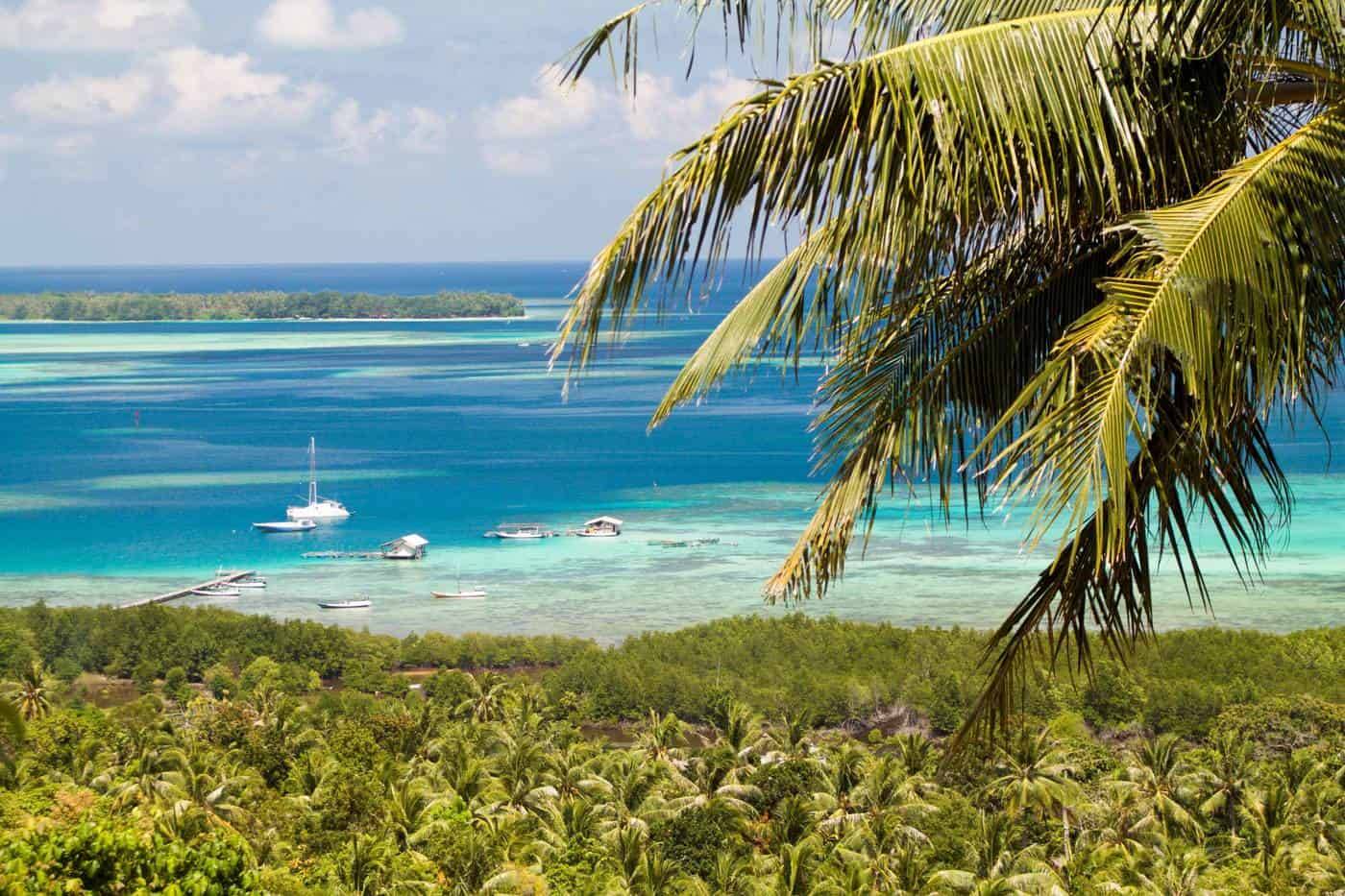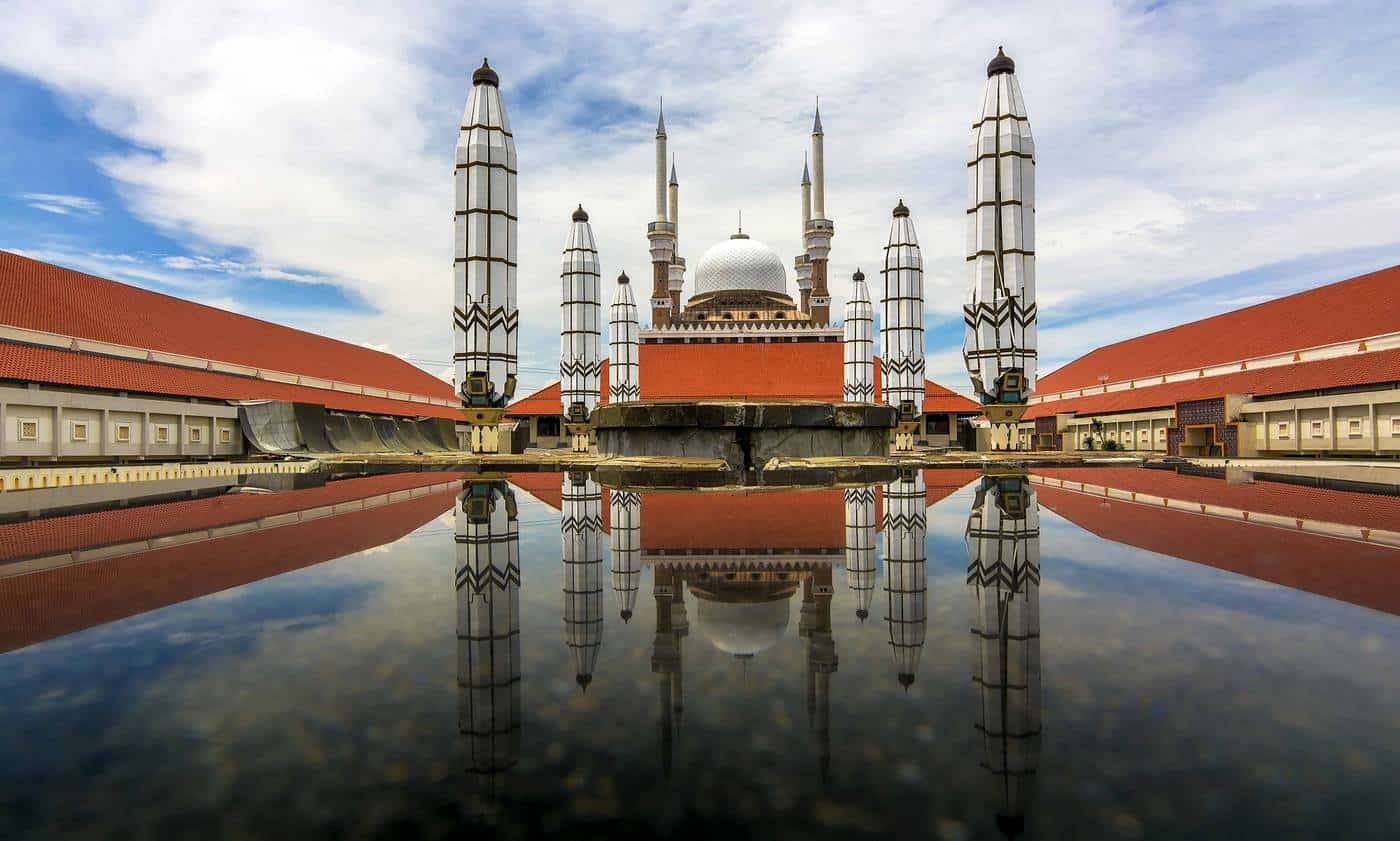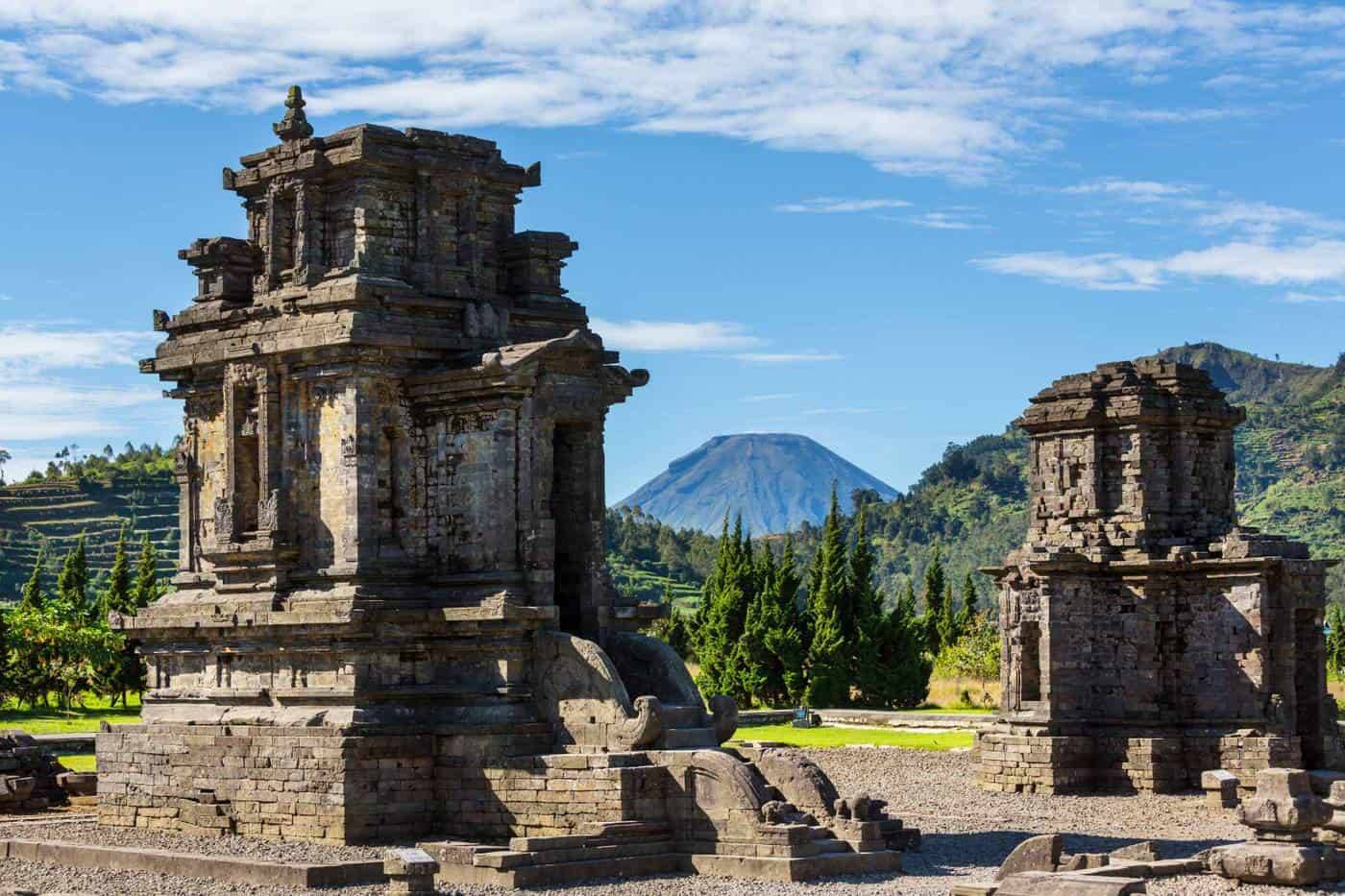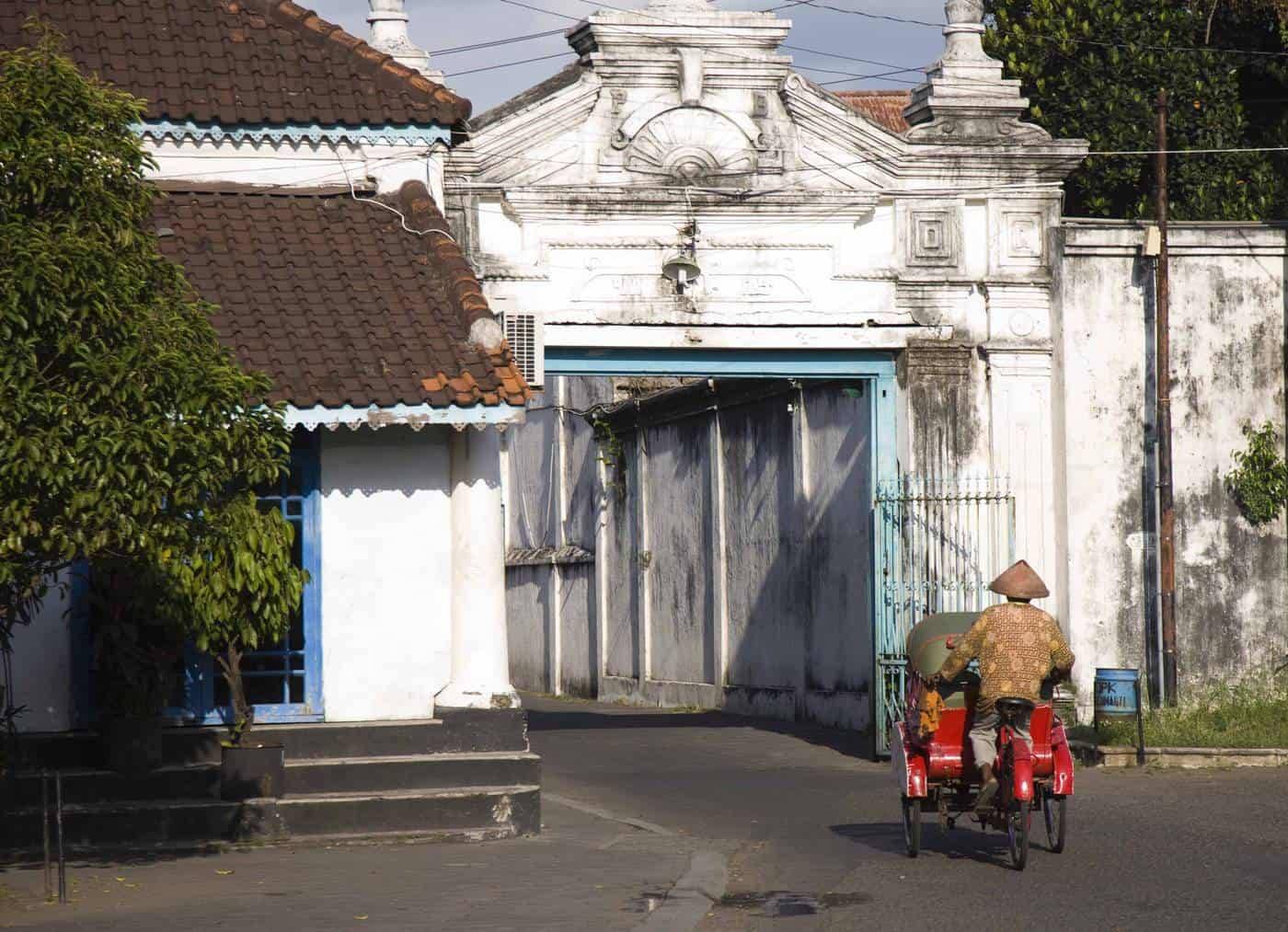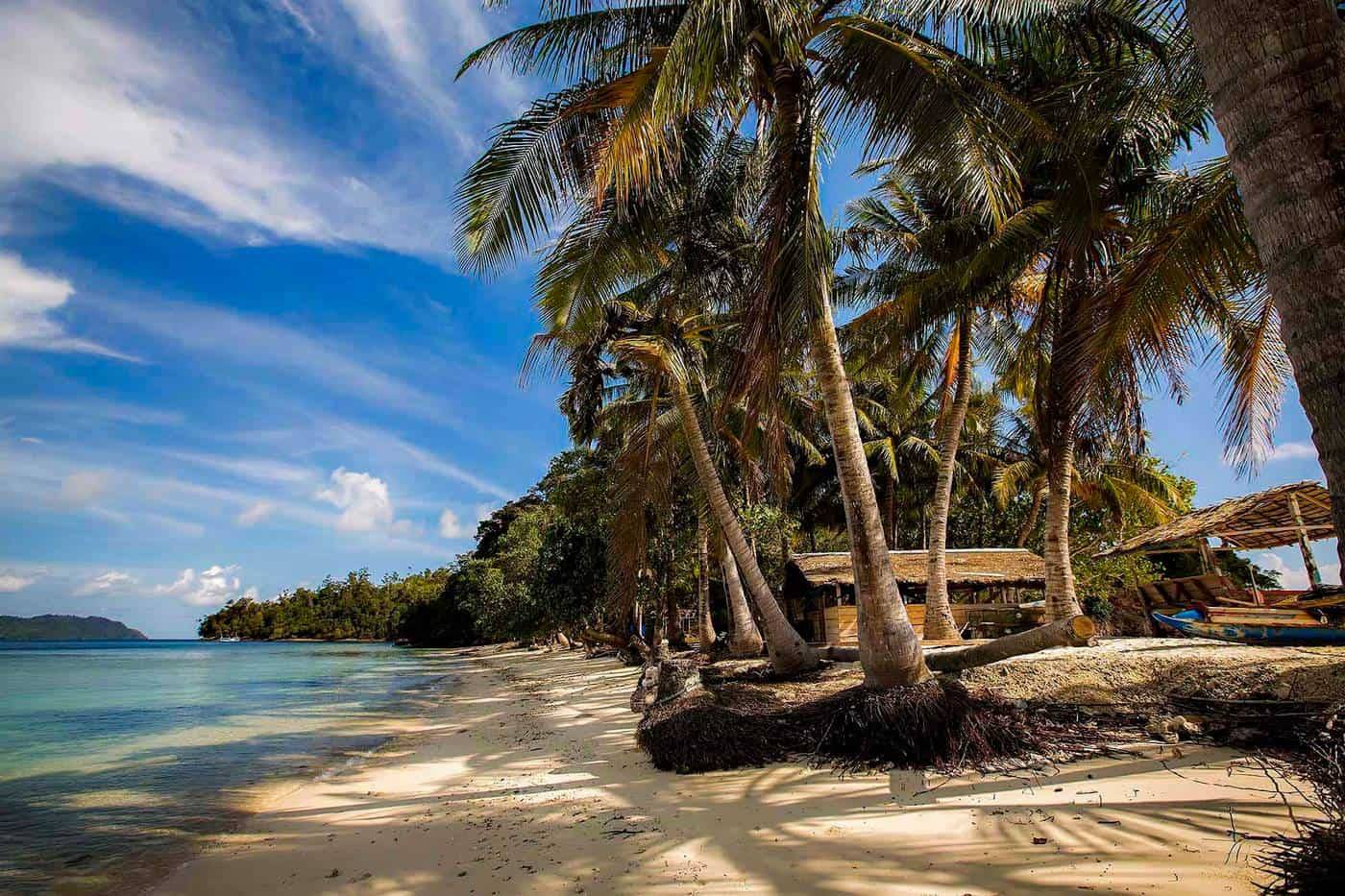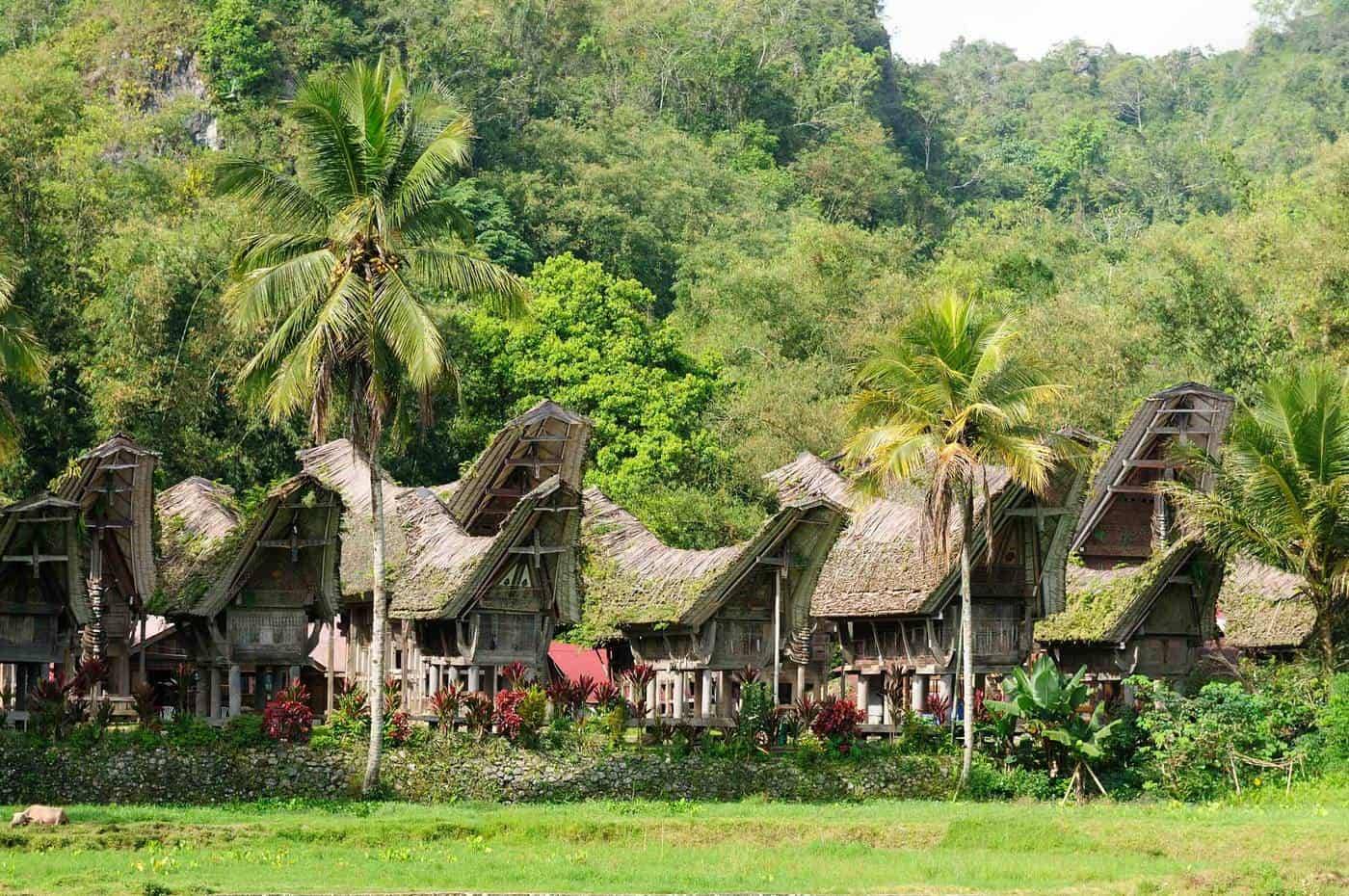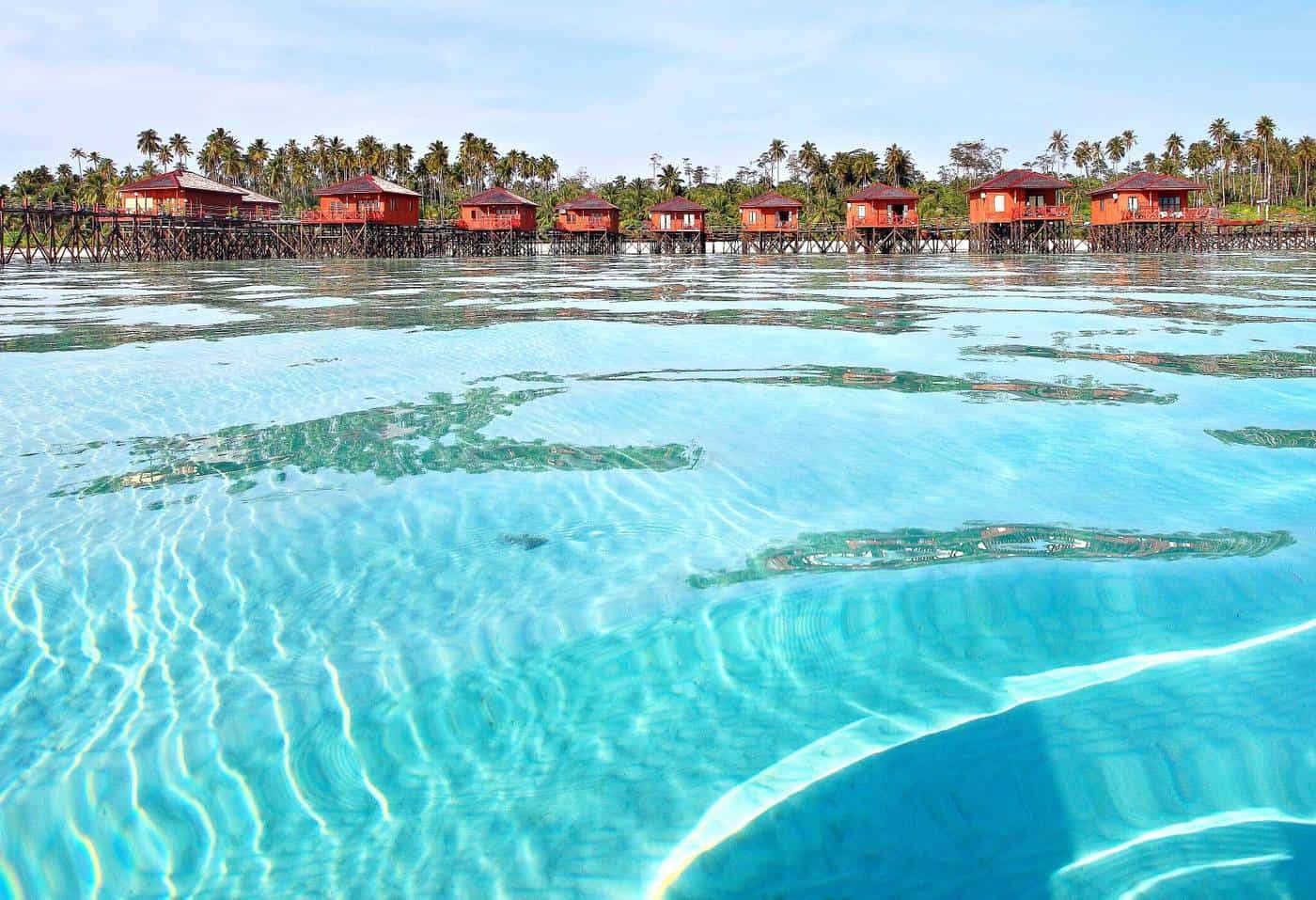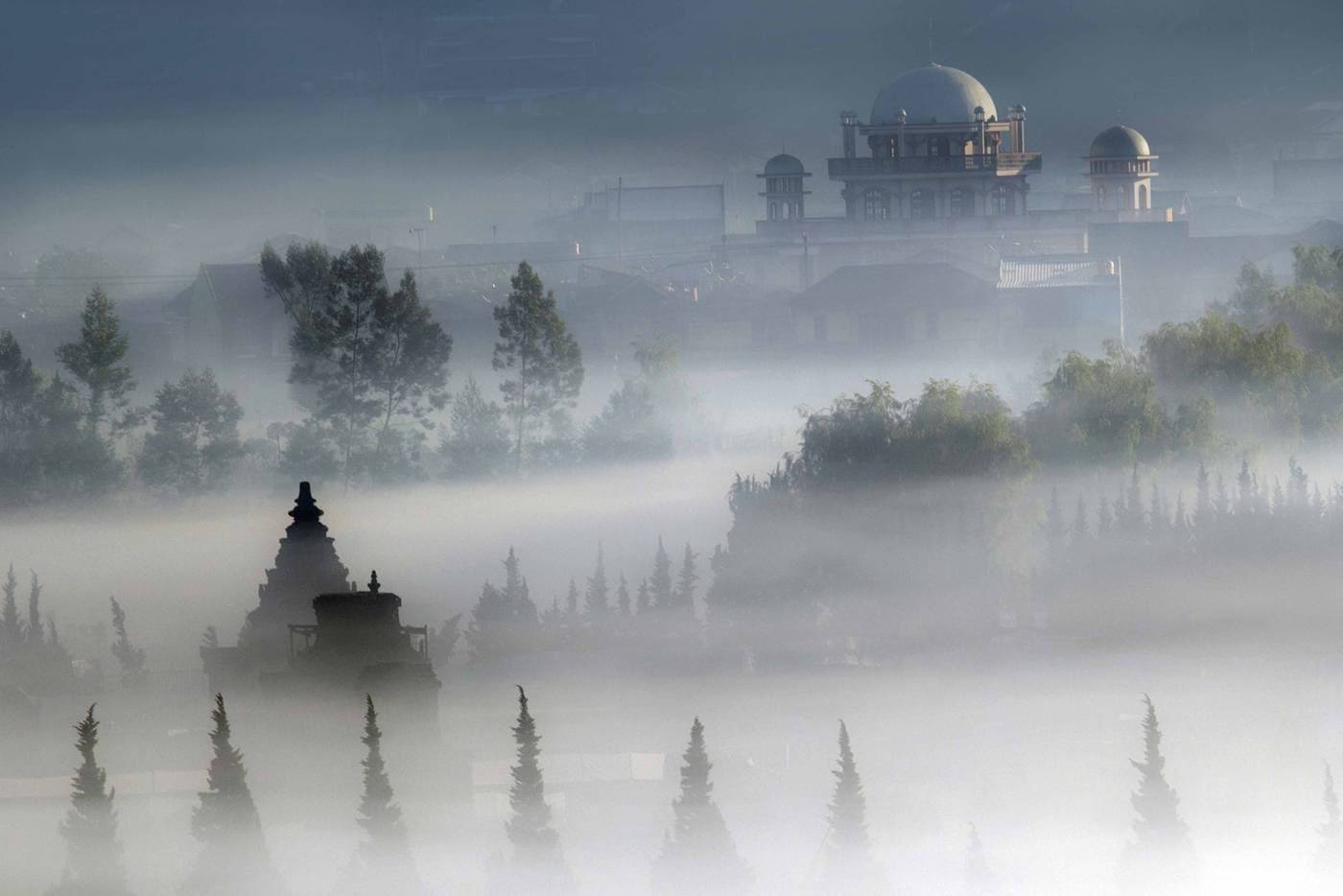
CENTRAL JAVA – THE HISTORIC HEARTLAND
THE NORTH COAST (CENTRE OF THE ANCIENT TRADE)
Often skipped by travellers, the northern coastline of Java might be a little overwhelming – crowded and industrial – yet it provides a fascinating insight into the trading heritage of Indonesia.
For centuries, the coastal towns facing the Java Sea were important trade hubs, which once greeted merchants from far Arabia, India and China who would bring new goods and values.
Back in the days, Java established and developed the craft and art tradition. These can be best seen in Pekalongan for its famous batik, in Jepara for wooden furniture, in Kudus for the characteristic clove cigarettes, in Tengal for sugar cane, and in Semarang – the old seaport and the Islamic capital city of Central Java.
And if there is something that cannot fail to delight, no matter what type of traveller you are, it is surely the best-kept secret of Java – the pristine, coral-fringed atoll of Karimunjawa. What once was an important stopover for ancient merchants, today it is a popular holiday hub and diving location for the Javanese; the islands should be added to every itinerary across Central Java.
ESSENTIAL EXPERIENCES IN THE NORTH COAST OF CENTRAL JAVA
- Tengal – this seaside city is worth seeing for the Pantai Alam Indah Beach (if you like to get closer to the local lifestyle) and Gunung Guci – natural waterfalls that have a powerful healing effect
- Pekalongan – pay a visit to the International Batik Centre and Batik Museum to learn more about the famous Indonesian batik and how it is made
- Semarang – take a self-guided tour through the old town of Semarang to search around its historical landmarks, stunning mosques, churches, temples and old markets. The Great Mosque of Central Java and the Indonesian Record Museum should not be left out
- Karimunjawa Islands – although relatively unknown, these 27 offshore islands truly are a paradise hidden in the Java Sea defined by mangroves, coral reef and azure waters, the surrounding marine conservation area is ideal for snorkelling and ship wreck-diving, e.g. Kemujan Island
- Gunung Muria – a dormant volcano and a place where tombs of the greatest Islamic saints lie along the coast. The entire area has important cemeteries, tombs and museums
- Kudus – if you ever wondered what it is – that captivating sweetish smell of the Indonesian cigarettes – well, it is cloves. Kudus is where the clove cigarettes were invented, and you can learn all about the production process here
- Jepara – the old furniture manufacturing capital of Indonesia with lovely workshops and handicraft galleries to inspect
THE CENTRAL HIGHLANDS (VOLCANOES, LAKES & TEMPLES)
One could assume that the ever-smoking volcanoes, which loom over the Central Highlands of Java would make the region hostile and barren. Quite the contrary; as a result of high volcanic activity, the black ashes are responsible for agricultural land being highly fertile and filled with lush greenery.
The mild climate provides fabulous conditions for camping, hiking, waterfall swimming and photography.
More importantly, however, this is the land of Indonesia`s national icons – Borobudur and Prambanan. Although most of the visitors would not travel past the temples, the Central Java `s interior hides countless natural treasures, and it might well be the most spectacular portion of Java when it comes to landscapes and scenery, especially the Dieng Plateau.
ESSENTIAL EXPERIENCES IN THE CENTRAL HIGHLANDS
Ambarawa – a lovely market town and an important rail-link between Semarang and Yogyakarta (Ambarawa Railway Museum), the town was built around the beautiful Rawa Pening lake and it features well-developed tourist infrastructure (floating restaurant, craft centre, fishing, boating), the temple of Gedong Songo is situated on the slopes of Gunung Ungaran
Wonosobo – a sleepy town nestled between two volcanoes that are popular hiking spots: Mount Sindoro 3150 m (5-6 hrs one way from Kledung Village) and Mount Sumbing 3371 m (2 days/1 night climb) and the gateway to the surrounding countryside: ecotourism in Tambi Tea Plantations, Manjer Lake and traditional fishing villages, Lubang Sewu Lake with its gorgeous limestone cliffs (boating, rowing, lake island)
Dieng Plateau – this staggering volcanic complex features multicolored sulphurous lakes (Telaga Warna, Telaga Nila, Telaga Dringo), ancient caves (Gua Semar), remote villages of Dieng and some of the oldest Hindu temples in Java (Arjuna Temple, Candi Srikandi, Candi Gatutkaca, Candi Bima), sunrise hike to Mount Prau (overnight camping)
Magelang – the gateway to the major attractions on Java and the symbol of Indonesia: Borobudur and Prambanan temple complex. Mountaineers and adventurers will want to hike Indonesia`s most volatile volcano Mount Merapi, 2930 m (3-hour climb one way, access from the village of Selo via Yogyakarta) or Mt Merbabu, 3145 m (2 days/1 night, access from Selo via Yogyakarta)
Borobudur & Prambanan – known as the Mahayana Buddhist Temple, Borobudur is the world`s largest Buddhist religious complex and a UNESCO World Heritage Site and the nearby Prambanan, similarly to the Cambodian Angkor Wat, Prambanan is a masterpiece of world`s Hindu architecture.
Purwokerto – this small but vibrant town is a gateway to Mt Slamet, 3428 m (2 day/1 night hike), locally known for the Batu Raden Forest (adventure park, trekking, Curug Telu Waterfall) and gateway to the marvellous southern coast.
THE SOUTH COAST
Facing the mighty Indian Ocean, the southern coast of Java is quite different from the north. It is less industrial, rugged and quite pristine with wild surfing beaches and pretty seaside resorts.
Regardless of the holiday locations, a large part of the coastline is taken up by the Special Region of Yogyakarta – a birthplace of the Indonesian civilisation and part of the ancient Mataram Kingdom.
ESSENTIAL EXPERIENCES ON THE SOUTH COAST OF CENTRAL JAVA
- Cilacap – a lovely coastal town with little tourist infrastructure yet wonderful places to see; deserted open Indian Ocean beaches, pristine jungles and abundant wildlife. NOTE there is the notorious offshore island of Nusa Kambangan, also called the “Alcatraz of Indonesia” or the “Execution Island” – a maximum security prison that accommodates murderers, terrorists, drug traffickers and all high-profile criminals sentenced to death
- Kebumen – a small town situated between the central highlands and the Indian Ocean coast has much to offer; nice beaches, caves, waterfalls and lakes
- Yogyakarta – the special region and an autonomous province of Java renowned as a centre of education, fine art and classical Javanese culture, batik, ballet, drama, music, poetry, puppet show, theatre and literature. Yogyakarta is one of the two parts of the ancient Mataram Kingdom and the island`s and the country`s historic heartland
SOLO (SURAKARTA)
The eastern edge of Central Java is home to the city of Surakarta, also known as Solo. It is the older twin sister of Yogyakarta, the second heir of the former Mataram Kingdom and the cultural and artistic extension to the royal city of Yogyakarta.
Solo is considered to be the least westernised city in Java. It is less touristy and more authentic than Yogya, with well-preserved traditions. Already at arrival, Solo will impress with refined beauty and sophistication.
The city boasts extraordinary architecture, fine arts and friendly, honest ambience. The best way to explore it is to hire a tuk-tuk with a private driver who will take you around the grand palaces, absorbing museums, dazzling markets and tell you more about the finger-licking Javanese cuisine.
ESSENTIAL EXPERIENCES IN SURAKARTA (SOLO)
- Kasunanan Palace – Solo`s largest and most important royal palace, a special place for the residents
- Puro Mangkunegoro – the second royal palace is about the same beautiful, and it has a great museum, as well
- Radya Pustaka Museum – built by the Dutch in the 19th century, it is the oldest and largest museum in Java with Javanese library, a big collection of traditional puppets and kris (an asymmetrical dagger)
- Museum Batik Danar Had & Batik Markets at Pasar Klewer – learn more about the traditional textile art, fabrics and Javanese batik and choose one of the thousands different colours and patterns
- Sriwedari Park – absolutely a must-visit in Solo, this Javanese art and culture centre offers amazing Wayang Kulit puppet performances, various shows, theatrical night dance and excellent dining options
- Gunung Lawu Volcano (3264 m) – a bit out of the city, right at the border with East Java, the region offers some of the favourite hikes in the province (a full day hike, access from Cemoro Sewu via Sarangan), the trip features ruins of the unique Sukuh Temple and Cetho Temple
- Sangiran Early Man Site – this significant archaeological site was recognised by UNESCO World Heritage for its prehistoric fossils and remnants as well as the skeleton of the “Java Man” – a predecessor of the modern human
WHEN TO TRAVEL
The dry season in Java generally runs from May till October with peak tourist season in July and August (try to avoid these months as the prices go up and most of the places are overcrowded).
Good time to visit Java seems May, June, September and October. However, rain can occur at any time in this part of the world. Also, weekends and local public and school holidays will be very busy.
HOW TO GET THERE
Fly to Semarang or Yogyakarta. Otherwise, if travelling from West or East Java, the best way is using trains or buses (longer distances) and minivans, taxis or hiring a scooter to move around locally.
For all international flights visit www.momondo.com or www.skyscanner.com
For all domestic Indonesian flights check out www.garuda-indonesia.com


